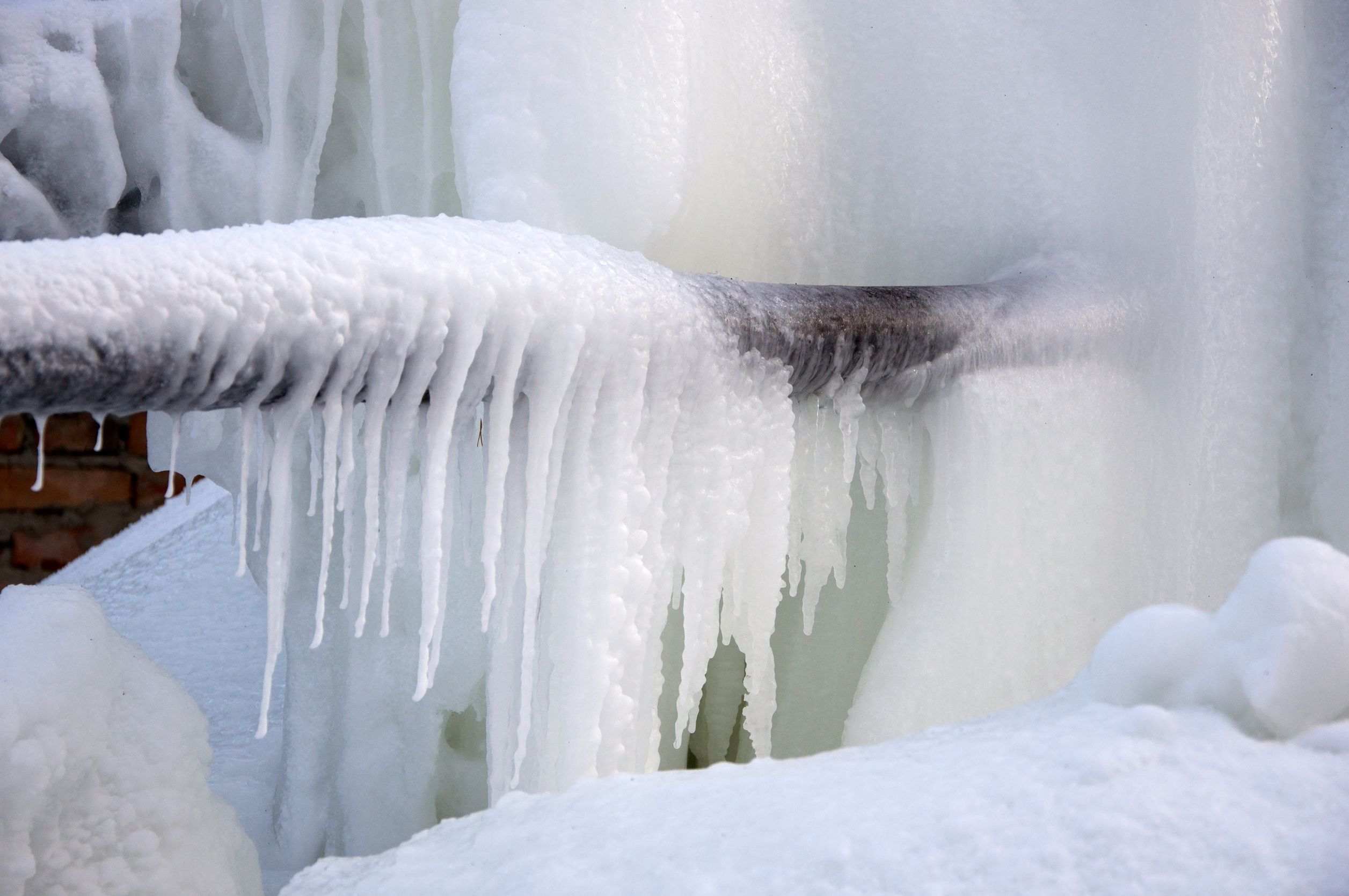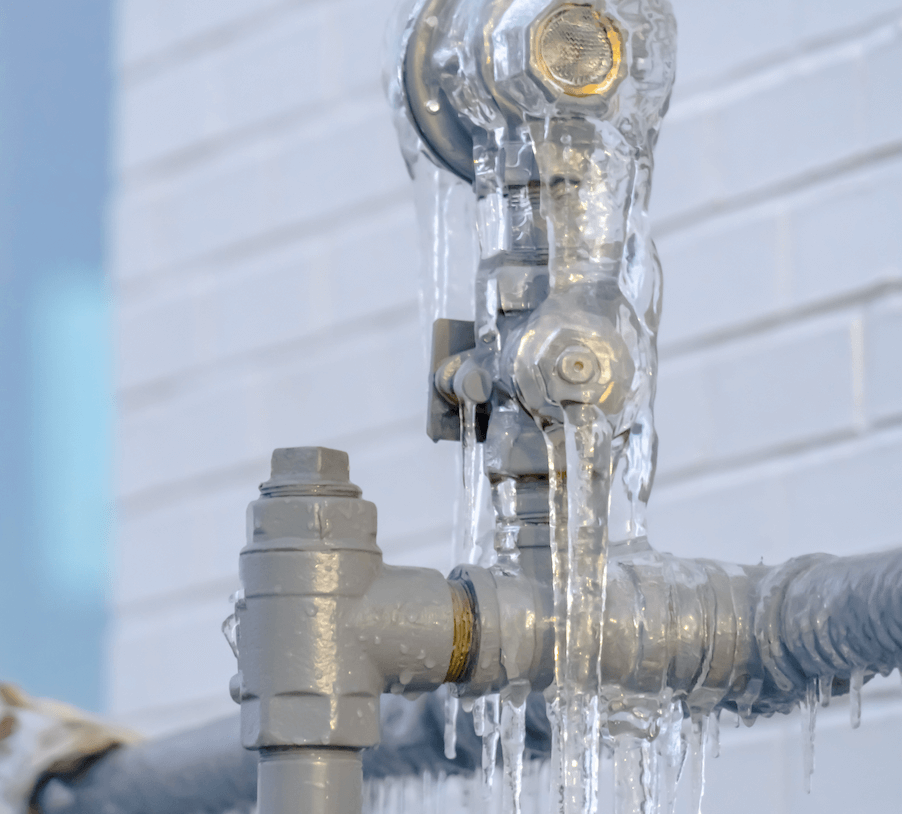Key Approaches for Preventing Frozen Plumbing in Cold Weather
Key Approaches for Preventing Frozen Plumbing in Cold Weather
Blog Article
Just about every person seems to have their personal perception on the subject of Preventing and dealing with frozen pipes.

Winter can wreak havoc on your pipes, especially by freezing pipelines. Right here's how to avoid it from taking place and what to do if it does.
Intro
As temperatures decrease, the risk of icy pipes rises, potentially resulting in pricey repair work and water damage. Comprehending exactly how to avoid icy pipes is important for homeowners in cold environments.
Understanding Icy Pipelines
What causes pipes to ice up?
Pipelines ice up when subjected to temperatures below 32 ° F (0 ° C) for expanded durations. As water inside the pipelines ices up, it increases, putting pressure on the pipeline walls and potentially causing them to burst.
Risks and damages
Icy pipes can result in water supply interruptions, home damage, and costly repair work. Burst pipelines can flood homes and create comprehensive structural damages.
Indicators of Frozen Pipeline
Identifying icy pipes early can stop them from rupturing.
How to recognize frozen pipes
Seek decreased water flow from taps, uncommon odors or noises from pipelines, and noticeable frost on revealed pipes.
Prevention Tips
Insulating vulnerable pipelines
Wrap pipelines in insulation sleeves or make use of warm tape to protect them from freezing temperature levels. Concentrate on pipelines in unheated or outside areas of the home.
Home heating strategies
Maintain indoor spaces effectively warmed, specifically areas with pipes. Open closet doors to allow cozy air to distribute around pipes under sinks.
Shielding Exterior Plumbing
Garden pipes and outside faucets
Separate and drain pipes yard hose pipes before winter months. Install frost-proof spigots or cover exterior taps with shielded caps.
What to Do If Your Pipelines Freeze
Immediate activities to take
If you suspect frozen pipelines, keep faucets available to soothe pressure as the ice thaws. Make use of a hairdryer or towels taken in warm water to thaw pipes gradually.
Long-Term Solutions
Architectural modifications
Think about rerouting pipelines away from outside walls or unheated locations. Add additional insulation to attics, cellars, and crawl spaces.
Upgrading insulation
Purchase high-grade insulation for pipes, attic rooms, and walls. Appropriate insulation helps preserve consistent temperatures and minimizes the danger of icy pipes.
Final thought
Protecting against icy pipelines requires positive procedures and quick actions. By comprehending the reasons, indications, and safety nets, homeowners can safeguard their pipes throughout winter.
5 Ways to Prevent Frozen Pipes
Drain Outdoor Faucets and Disconnect Hoses
First, close the shut-off valve that controls the flow of water in the pipe to your outdoor faucet. Then, head outside to disconnect and drain your hose and open the outdoor faucet to allow the water to completely drain out of the line. Turn off the faucet when done. Finally, head back to the shut-off valve and drain the remaining water inside the pipe into a bucket or container. Additionally, if you have a home irrigation system, you should consider hiring an expert to clear the system of water each year.
Insulate Pipes
One of the best and most cost-effective methods for preventing frozen water pipes is to wrap your pipes with insulation. This is especially important for areas in your home that aren’t exposed to heat, such as an attic. We suggest using foam sleeves, which can typically be found at your local hardware store.
Keep Heat Running at 65
Your pipes are located inside your walls, and the temperature there is much colder than the rest of the house. To prevent your pipes from freezing, The Insurance Information Institute suggests that you keep your home heated to at least 65 degrees, even when traveling. You may want to invest in smart devices that can keep an eye on the temperature in your home while you’re away.
Leave Water Dripping
Moving water — even a small trickle — can prevent ice from forming inside your pipes. When freezing temps are imminent, start a drip of water from all faucets that serve exposed pipes. Leaving a few faucets running will also help relieve pressure inside the pipes and help prevent a rupture if the water inside freezes.
Open Cupboard Doors
Warm your kitchen and bathroom pipes by opening cupboards and vanities. You should also leave your interior doors ajar to help warm air circulate evenly throughout your home.

I recently found that blog post on 6 Ways to Prevent Frozen Pipes while doing a search on the search engines. Loved our piece? Please quickly share it. Help others check it out. Thank you so much for taking the time to read it.
Book An Appointment Report this page